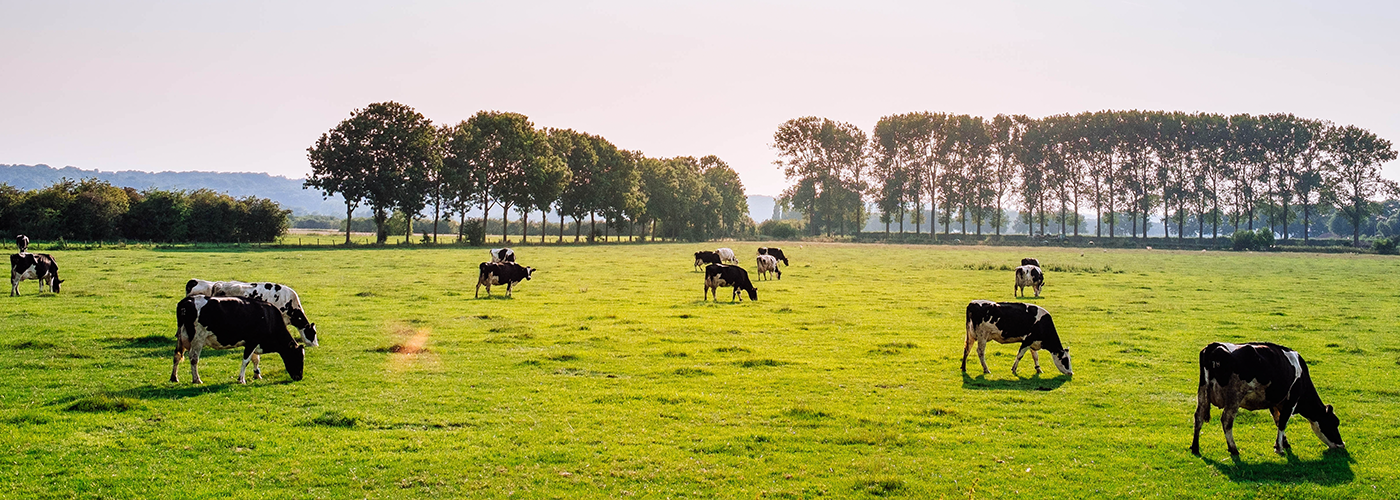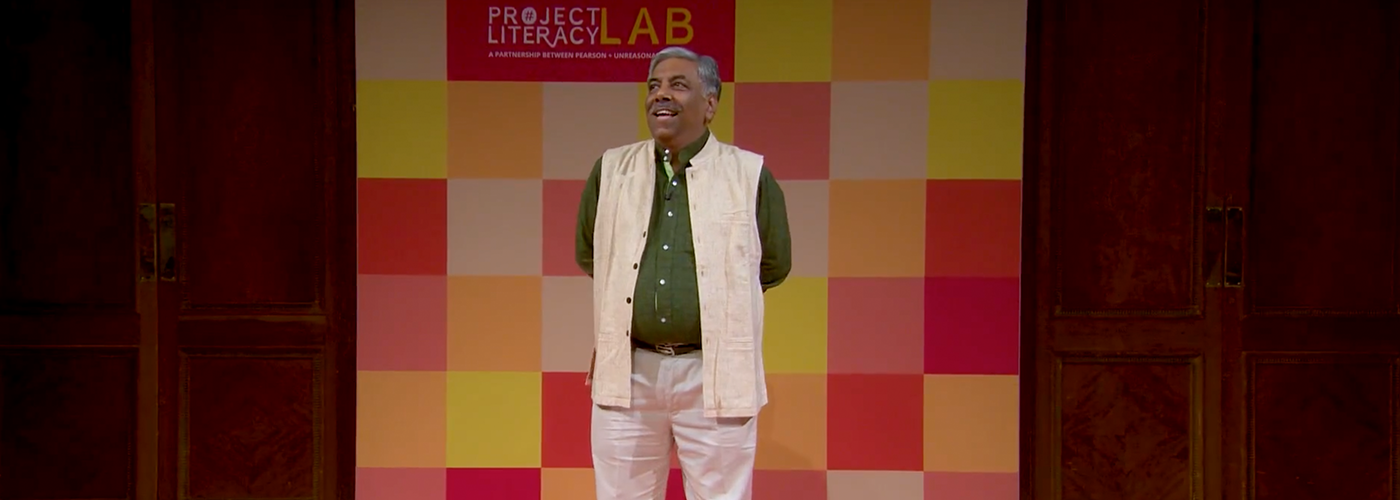 he Sustainable Development Goals 2030 Agenda put forth by the United Nations represents something the world has never seen before: This is the first set of international goals that was truly crowdsourced.
he Sustainable Development Goals 2030 Agenda put forth by the United Nations represents something the world has never seen before: This is the first set of international goals that was truly crowdsourced.
The UN convened its high-level working group, including policy makers, CEOs and celebrities, to determine the next 15-year development agenda following the conclusion of the Millennium Development Goals. Meanwhile, an open working group held online and in-person consultations with real people everywhere. They asked, “What do you want?” People responded. The nations of the world agreed on the first reading of the Sustainable Development Goals, a year before the date scheduled for final approval.
Now, it’s up to us to achieve them.
All 17 goals matter. Arguably, though, some matter more than others. What makes Goal #13 – Climate Action – so important is that it’s inextricably linked to nearly every other goal. We solve this one, or none of the others matter: humanity goes extinct.
Why Should I Care?
First, it’s happening now and already affecting you. We’re in a global climate crisis. The good news is we know how to solve it.
But until we do, life will get increasingly uncomfortable for you and everyone around the world. Climate change is raising grocery prices and will make some crops unavailable. Coffee and cocoa may cease to be growable, at least in their home territory. Sea levels are rising and threatening coastal cities like Miami and island nations like Kiribati. We’re seeing increasingly extreme and deadly weather patterns, like the storm surges from Hurricane Sandy and Typhoon Haiyan. These effects are all the result of not previously coming to grips with the climate crisis. To avoid further damage, there’s no time to waste.
Second, conventional fossil-fuel based energy is wildly uneconomical. It’s no longer cost effective, and it will only get worse.
This is an existential crisis; climate change could end life on this planet as we know it. Tweet This Quote
According to the Stern Report, not dealing with climate change could cost the world as much as 20 percent of global GDP. The cost of reducing emissions, however, could be limited to around 1 percent of global GDP. I would argue that dealing with it is not a cost, but actually an investment: If we put money into the technology, we will get paid back handsomely. We already are. Solar energy is generating jobs 17 times faster than the U.S. economy as a whole. Actually, it’s time to change the language. “Conventional” energy is now renewables, and “obsolete” energy is anything that comes from fossil fuels.
In my article, “The Triumph of Solar in the Energy Race,” I talked extensively about how 2014 marked the end of fossil fuels. It’s only accelerated. In his book “Clean Disruption,” Stanford professor and Silicon Valley entrepreneur, Tony Seba, walks through four reasons why it’s inevitable that the world will be 100 percent renewably powered by 2030:
- Falling cost of renewable energy
- Falling cost of batteries (storage)
- Electric cars
- Driverless cars
If we remove fossil fuels from generating electricity, heating homes and powering transport, it’s effectively gone. It also happens to deliver a 10 times cost savings opportunity, and history shows that under these conditions, technology disruption is inevitable. We have all of the right technologies, and implementing them is more cost effective than the way we do business today.
Third, this is an existential crisis; climate change could end life on this planet as we know it. Runaway climate change could melt the permafrost, releasing massive amounts of methane. Methane is much worse of a greenhouse gas than C02, which has been the main driver of climate change because it is so plentiful. Add in massive releases of methane, and we may not be able to stop it.
Acting now is important if we want humanity to have a future at all.
How to Roll Back Climate Change
Despite the urgency, we know how to roll climate change backward over the next 30 years; it involves, somewhat counterintuitively, cows and other grazing animals. Here are three scientifically-proven methods we can put into action now.
1. Putting biochar into soil.
Carbon belongs in the soil. We take it out of the soil by mining coal and burning it for fuel. We also decarbonize the soil through industrial agriculture. Burning carbon is bad for the environment, but unhealthy soil is worse because it leads to desertification, erosion, and food scarcity. Throughout history, civilizations that have ignored their soil have vanished.
One way to restore carbon into the soil is to take agricultural waste and cook it in the absence of oxygen at relatively low temperatures. This produces a sludgy oil, which can be used as an energy source, and biochar, which is carbon. If we put that back in soil, it stays there for up to 1,000 years. Tim Flannery, Australian environmentalist and chairman of the Copenhagen Climate Council, says this is one of the ways we can save humanity. The stuff is a great soil amendment that helps increase productivity, but no one has perfected a business model yet.
2. Regenerative agriculture.
In the 1980s, the Rodale Institute pioneered regenerative agriculture. That is, a holistic systems approach to agriculture that encourages continual, on-farm innovation for environmental, social, economic, and spiritual well-being. This encompasses growing crops organically and composting crop waste to return it to the soil. This takes what would otherwise rot in a landfill and produces methane to put back in the soil.
The only way we’ll feed the world is through smallholder agriculture. Tweet This Quote
Fortunately, there is a business model for this. Organic agriculture is growing incredibly rapidly. It’s healthier and tastier, and groups like the UN Conference on Trade and Development and the Food and Agriculture Organization both say the only way we’ll feed the world is through smallholder agriculture. Right now, 70 to 80 percent of the food produced on earth is de facto organic. The notion of converting that to industrial is silly. We need to roll back industrial agriculture to the kinds of agriculture we now see winning in the marketplace, which is organic.
3. Grazing animals.
This is where hope calls home. Years ago, Allan Savory of the Savory Institute observed that native herds grazing land enhanced the quality of that land year after year, creating a healthy ecosystem. Herds form to avoid predators. When they’re densely packed, they eat everything, their hoofs chop up the soil, they fertilize it, and they continually move on and don’t return to the same pasture until the grass has grown back. By weight, grass contains 40 times the amount of carbon as compared to a tree. This makes grass a much more effective method of capturing carbon out of the air and fixing it into the soil. Not only that, but it’s more profitable for ranchers than current ways of maintaining cattle.
If we were to apply this approach across the world’s grasslands, in 30 years we would get back to 280 parts per million of concentrated CO2 in the atmosphere, i.e. pre-industrial levels. This is rolling climate change backward. Of course, doing this on all of the world’s grasslands would take time, but we need to get started.
Do We Stand a Chance?
Many people around the world, particularly in the U.S, still ask if climate change is real. They are victims of a well-funded, professionally managed, massive disinformation campaign. After Al Gore came out with “An Inconvenient Truth,” companies like Exxon and right-wing think tanks like Heritage mobilized to delegitimize science and government, attack the idea that climate change is real, and counter that there’s nothing we can do about it.
The economics will win out, but we’ve lost valuable time. We cannot afford to lose any more of it. Above are three main reasons why you should care. Start by looking at your life. To what extent are you part of the problem? Is your beef 100% grass-fed and raised with holistic grazing practices? What do you buy, and does it come from a company that has made a commitment to climate protection?
Start by looking at your life. To what extent are you part of the problem? Tweet This Quote
How do you use resources and energy? At my ranch, for example, I have a 5kW solar system that dramatically cuts my cost of electricity; it also fuels my Nissan Leaf. Almost all of my driving is powered by the sun. Yours could be, too. If you count all of the rebates and incentives, you could get a brand new electric car for about $12,000. What you’re currently spending in gas is bankrupting you and the planet because of your emissions.
What is your money doing while you’re sleeping? Is it fueling the fossil industry, or building a finer future? Divest and put your money in fossil-free funds. A group of us called Change Finance are building an exchange-traded fund (ETF). The first one we will launch in September and it will be entirely fossil fuel free.
What will it take to beat climate change? Each one of us making this commitment: I’m going to live my life in a way that’s creating a finer future.
Want to learn more about how to roll back climate change? Hunter’s writing a book, Finer Future: Creating an Economy in Service to Life, and she needs your help on Kickstarter!




